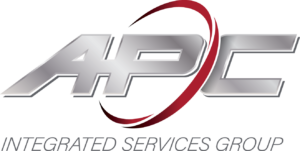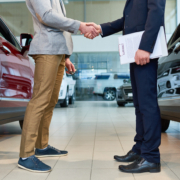In the world of powersports — encompassing vehicles from motorcycles and ATVs to snowmobiles and personal watercraft — standing out in a competitive market is key to success. One method powersports dealers can use to accelerate their success is to consider Vehicle Service Contract (VSC) marketing to protect the vehicles their customer purchase.
When it’s time for a driver to purchase a new vehicle, the question arises as to whether a new or used vehicle is the best choice. Newer cars have the latest technology at a higher price, but that top dollar depreciates quickly. Used cars are less expensive but have slightly older features and more miles ..
In the three years since the pandemic, businesses have learned to adapt to deliver positive customer experiences. Dealerships are no exception, having faced struggles related to closed showrooms and limited in-person interactions. Dealerships must learn to use omnichannel marketing to increase vehicle sales, generate F&I revenue, and grow customer loyalty and retention.
Auto insurance is a great way to protect your vehicle and yourself in the event of a collision or accident, but you might wonder how it compares to vehicle service contract coverage. Auto insurance and vehicle service contracts cover incredibly different things related to your vehicle.
Social media is an indispensable tool for businesses, including auto dealerships. In early 2024, a report showed that over five billion people use social media. If dealerships want to reach a large audience, social media is a crucial tool.
It’s said that vehicle value is lost when driving off the lot for the first time. No matter when a vehicle was purchased, there are ways to care for and maintain the vehicle to retain its value. The key to maintaining vehicle value is to provide consistent care and attention to detail. This ensures that the vehicle continues to appeal to future buyers and provides the best possible return on investment.
The process of purchasing a vehicle was once to be a major event that involved a specific sales pattern. A customer would go to a dealership, test drive a few vehicles, and repeat until they found a dealership and vehicle they preferred. Today, all of that has been traded in for the ease and simplicity of online vehicle browsing and purchasing.
Since winter is here, it is important to take extra precautions to maintain your vehicle. Drivers don’t want to be stranded by a dead battery or an accident due to an unclear windshield. Fortunately, with simple preventive steps, drivers can be safer on the roads this winter. Keep reading to review vehicle maintenance tips to keep vehicles running throughout the cold season.
With over 24 years of experience in the field, we are well-equipped to help you with more than dealership marketing. These are some of the common questions potential clients ask us.
Automotive Product Consultants, the leading Post-Sale Vehicle Service Contract Marketer, announced that is has received three Dealers’ Choice Awards in 2024, making it a four-time award winner. For 20 years, the Dealers’ Choice Awards have recognized the best vendors, suppliers, and finance partners in the automotive industry.










